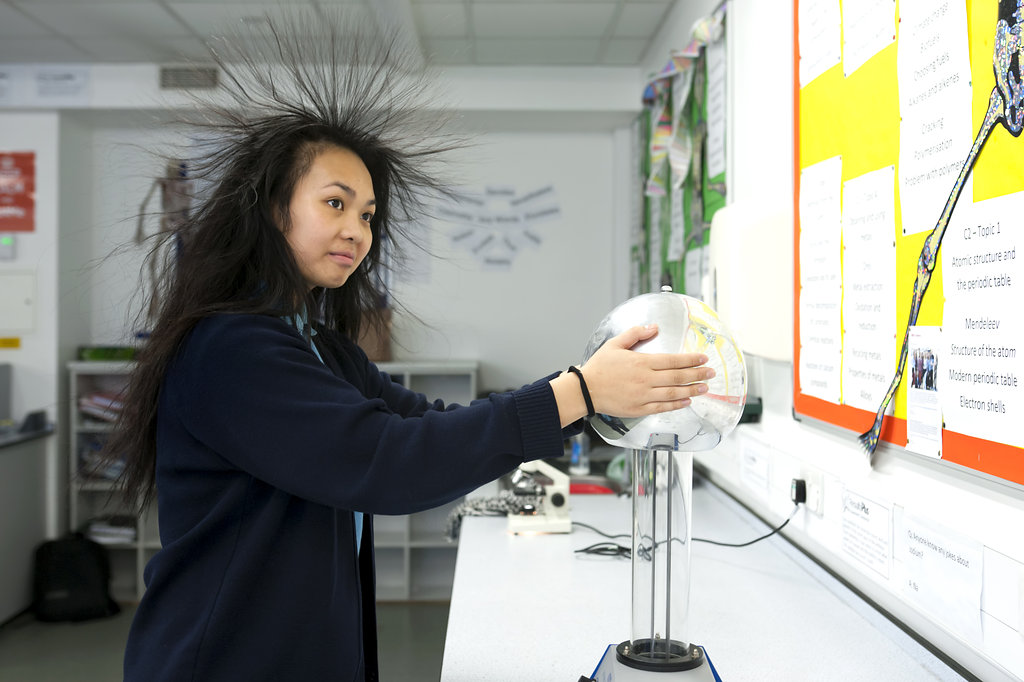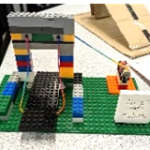At the core of our approach to marking at JRCS is task marking.
In non-practical subjects one substantial piece of work will be task marked at least once every eight hours of teaching. Students will respond to the tasks and they will be checked by staff. In between that time students’ work may be peer or self-assessed or briefly checked by staff.
It is likely the same piece of work will be assessed for literacy. Staff will mark work using the literacy marking code:
| Sp |
spelling mistake |
| P |
punctuation mark missing or incorrectly used |
| Voc |
incorrect use of vocabulary |
| ^ |
word missed out of sentence |
| ~ |
unclear meaning or grammar within a sentence |
| // |
new paragraph required |
| CL |
capital letter error |
Levelling and Assessment
KS3
To develop a growth mindset and reflect ‘life after levels’ work in KS3 books will not usually be levelled; assessment will be formative and highlight how students can improve. Students will record areas of strength and development on their ‘reflection sheets’ which will be at the front or back of the book. At the end of each term a level is reported for students in each subject, which reflects all their work over that term. These are found on students’ pale yellow progress cards, which are stuck into their planners. These cards show students whether they are in line to meet their end of key stage target. With the move away from National Curriculum levels, the school is trialling a new ‘skills thermometer’ and 1 to 9 levelling in English. Other KS3 subjects will be using NC levels for the remainder of this year.
KS4
KS4 practice exam questions and mock exams are likely to be graded. This work might not be in student books. Students will record grades and areas of strength and development in their ‘reflection sheets’ which will be at the front or back of the book. All students receive an attainment and predicted grade at the end of each term. These are found on their pale yellow progress cards, which are stuck into their planners. These cards show students whether they are in line to meet their end of key stage target.
KS5
At KS5 students take a series of VIMAs (Sixth Form Milestone Assessments) during their course. Students receive developmental comments to help them improve their work. Each VIMA result includes four parts: the grade for that assessment, a comparison of the grade with their expected progress grade (EPG), a Learning Capability mark and a prediction of their end of year grade (PEG). The outcomes of these assessments and other graded work will be in student folders. They are also sent home to parents. A summary of VIMA marks and the students’ expected progress grade is also recorded in their planner.
Further Information
KS3
Pupils are assessed using a combination of extended written tasks and formal written tests. Levels achieved in these assessments are averaged to inform the levels reported each half term to parents.
The extended written tasks are completed for each topic and give pupils the opportunity to see clearly what is expected of them in their assessment piece of work. The work is marked against a clear and pupil-friendly set of criteria so pupils can see the areas that require improvement and further extension.
Formal written tests are sat at the end of each half term on the topic covered during that half term.
KS4
Pupils sit an hour long written test at the end of each topic. The grades achieved in these tests are averaged to inform the grades reported each half term to parents.





